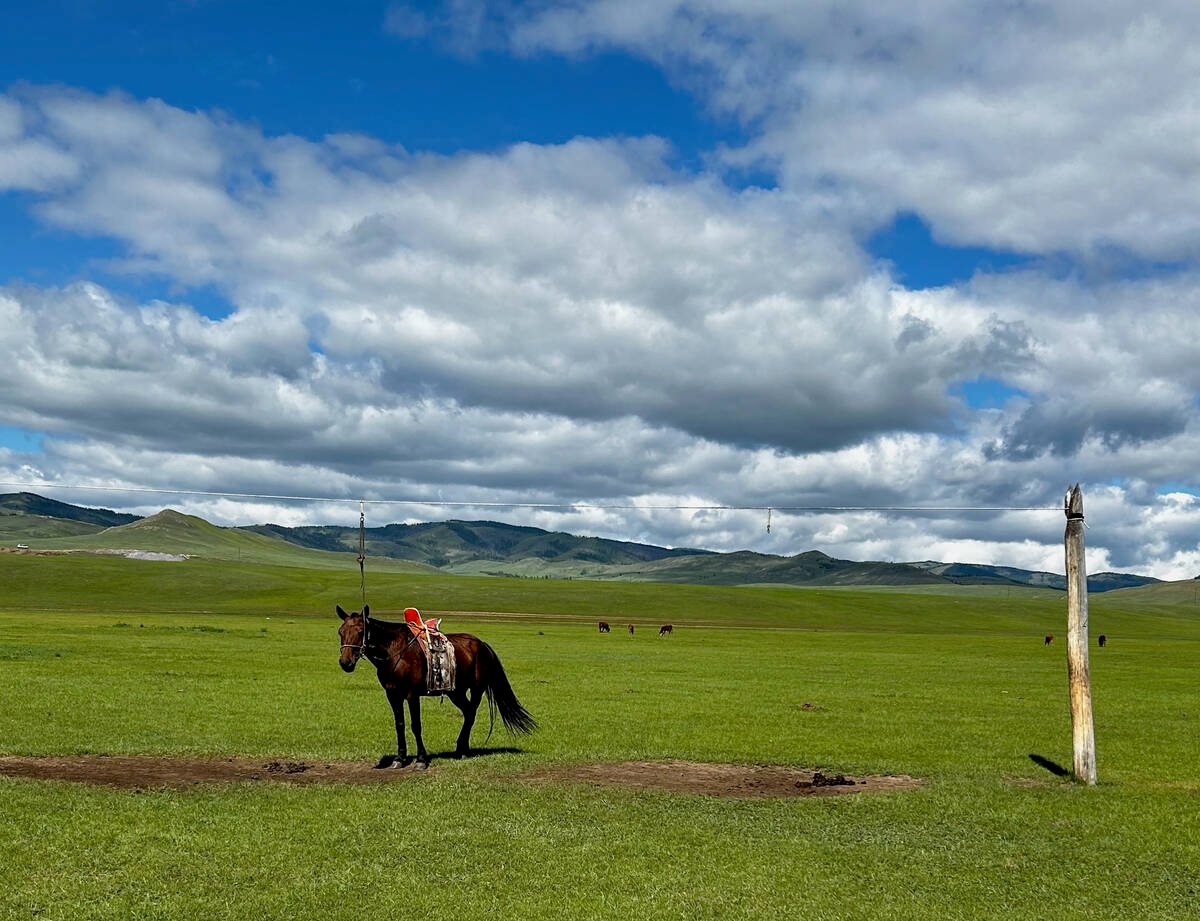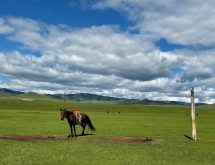It turns out reports of canola’s death were greatly exaggerated.
Industry analysts thought the oilseed had been irreparably damaged by an Aug. 20 frost that struck much of Saskatchewan and Manitoba.
The crop was widely expected to have suffered significant yield losses and downgrades in quality in those two provinces.
But as harvest progresses it is becoming apparent the frost had little effect on the oilseed, at least the portion of crop that was planted in late April and early May.
Fred Meister’s farm in Radisson, Sask., was hit hard by the August frost. Much of his wheat is “junk” but the first third of the canola that has come off should make the top grade.
Read Also

University of Saskatchewan experts helping ‘herders’ in Mongolia
The Canadian government and the University of Saskatchewan are part of a $10 million project trying to help Mongolian farmers modernize their practices.
“Usually canola gets slammed real hard by even a light frost. It’s not common to have feed wheat and No. 1 canola because of frost. It’s usually the other way around,” said Meister.
“It is almost strange that this occurred. It’s not normal.”
What happened on Meister’s farm isn’t an anomaly. According to experts at Agricore United, the majority of early-seeded canola is making the top grade across the Prairies despite the August frost.
Seventy percent of the samples the company has seen in Manitoba and Saskatchewan, where half of the crop is off, are grading No. 1. The percentage is even higher in southern Alberta where nearly all the crop made the top grade, said AU spokesperson Radean Carter.
“We’re seeing better yields and better quality than we had expected.”
Preliminary results compiled by the Canadian Grain Commission echo those findings. Based on the 172 samples tested to date, the agency is expecting above average oil content and average protein levels for the 2004 crop.
There has been little chlorophyll in the No. 1 seed, high levels of linolenic acid and low levels of saturated fatty acids.
However the agency is expecting some sprouted, frosted and green seed in samples from late-seeded crops, which can cause elevated chlorophyll levels.
JoAnne Buth, vice-president of crop production with the Canola Council of Canada, attributes the better-than-anticipated results to producers holding off on swathing after the frost and to the growing popularity of hybrids, which accounted for 40 percent of this year’s canola crop.
“They’re holding up fairly well in terms of stress tolerance. We found that during the drought as well,” said Buth.
Camrose, Alta., canola grower Stewart Gilroy couldn’t be happier with the 320 acres of hybrid canola he seeded.
“It’s the best crop I’ve ever taken off,” said Gilroy, who has been growing canola for a quarter of a century.
“In the beginning it didn’t look that good because it was so cold, but as the year progressed I was more and more optimistic. It looked very good.”
He estimates his canola yielded between 45-57 bushels per acre, depending on the field where it was grown. Gilroy expects it all to grade No. 1. The crop is dry and contains no green seeds.
“I wish I had 2,000 acres of it,” said Gilroy.
Buth said growers are just starting to harvest some of the late-seeded crops planted between the end of May and the beginning of June. Early samples indicate those crops will be of poorer quality, containing plenty of green seed.
Meister said his late-seeded canola is still turning and will probably be of an acceptable quality, but the yield is “pathetic.”
The only quality problem he anticipates in his canola is with a specialty Nexera variety he planted, which looks like it will only grade No. 3.
Other than that, Meister was pleasantly surprised by the performance of his 1,100 acres of canola. He thinks a lot of damaged seed didn’t even enter the hopper but blew out the back of the combine, leading to slightly lower yields, in the 30-35 bu. range, but improved quality.
Statistics Canada’s latest crop production estimate pegs the canola crop at 6.9 million tonnes, which is well above the 10-year average. With the surprising results associated with the first half of the harvest, there should be plenty of good quality seed available for crushers.
“The market knows what’s happening because they’ve dropped their price $3-$4 per bu.,” said Meister.















